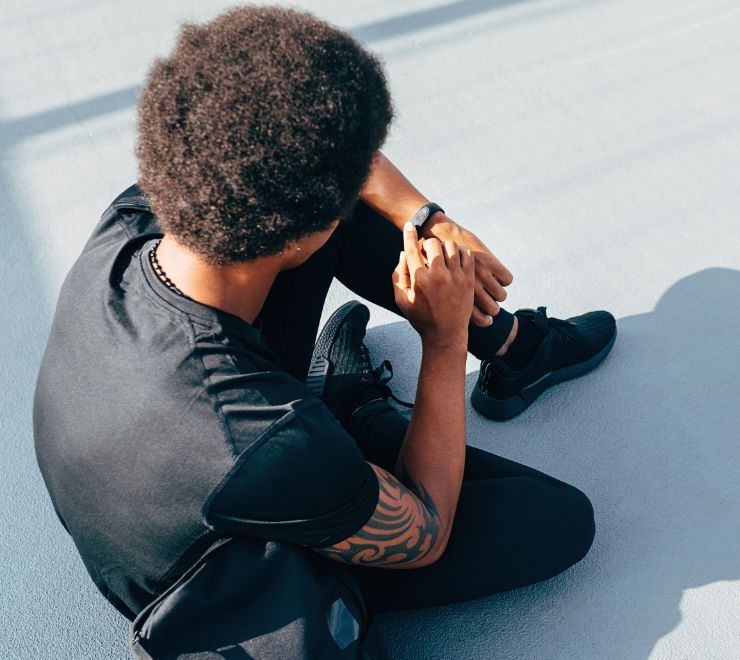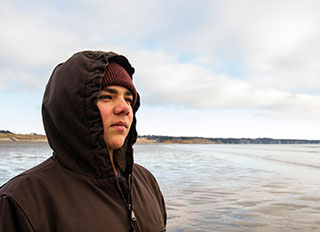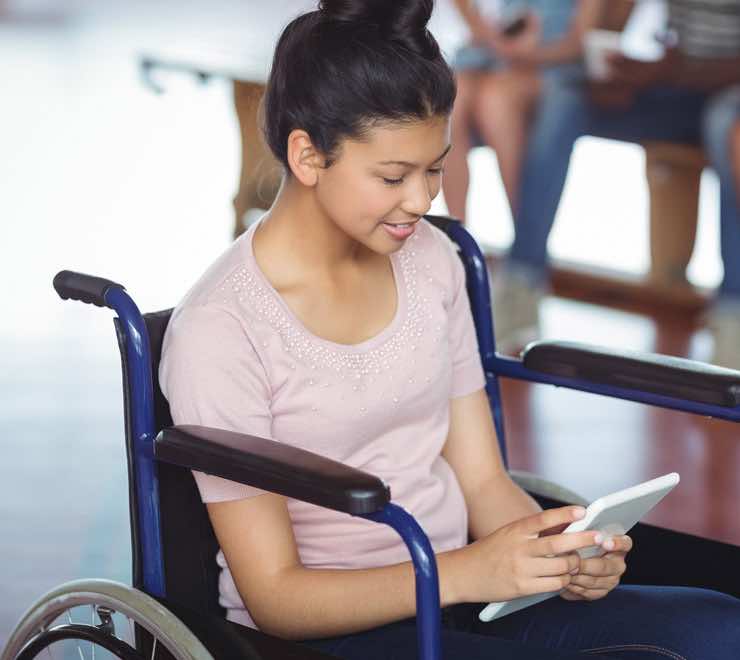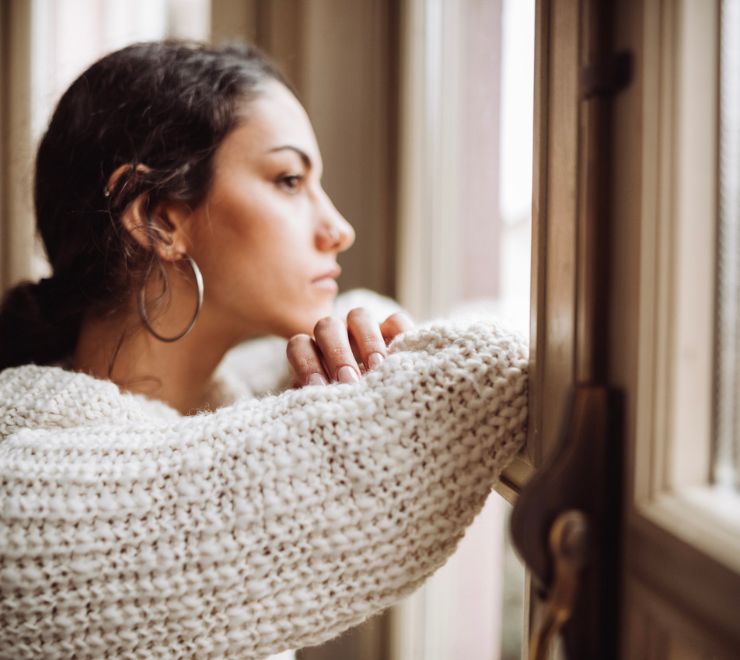When will I get my period? How am I going to manage it? What does it feel like? It’s common to have questions about your period. Here are some important things to know about periods, personal hygiene products and premenstrual syndrome (PMS).
Throughout this content piece, Kids Help Phone uses the terms people assigned female at birth and people assigned male at birth to refer to individuals who are born with certain sex organs, hormones and/or chromosomes. However, it’s important to note that people may have a different gender identity than the sex assigned to them at birth. As well, people may use different words for their body parts than those used in this piece. Kids Help Phone supports everyone in using whatever terms fit best for them.
As the bodies of people assigned female at birth mature and develop, one of the biggest changes they may experience is getting their period (also known as menstruation). Essentially, a period is when blood and tissue leave the body from the vagina every month. Once you start getting periods (and even just before), your body is capable of becoming pregnant.
How do periods work?
Although there’s no way to tell when you’ll get your first period, it usually occurs during puberty and about two years after breasts begin to develop. However, your period may start earlier or later — everyone develops at their own pace. Usually, you’ll start to notice a clear or white discharge up to six months before your first period starts. Once you start getting periods, you can expect to have them until around age 50.
Here’s how periods work:
- During puberty, part of your brain (the pituitary gland) produces chemicals known as hormones. These hormones tell the ovaries (two sacs in your pelvis that produce/release eggs and hormones) to start making other hormones called estrogen and progesterone. These hormones help the reproductive system develop and prepare for a possible pregnancy.
- About once per month, one of the ovaries releases an egg during a process called ovulation. The egg travels down a fallopian tube (a channel that transfers eggs) into the uterus. The uterus (a hollow, muscular, pear-shaped organ in the pelvis) connects to both ovaries via fallopian tubes on either side.
- To prepare for a possible pregnancy, the lining of the uterus (called the endometrium) thickens into a cushion of blood vessels and tissue. If the egg is fertilized by a sperm (a component of semen often found in the bodies of people assigned male at birth), it may attach to the lining of the uterus and grow into an embryo. If the egg is not fertilized by a sperm, the lining of the uterus leaves the body through the vagina. This process is known as getting your period.
Periods typically occur about once per month and can last anywhere from two to seven days at a time. Periods may be longer, shorter, consistent or irregular depending on the person. You’re more likely to get pregnant during certain days of the month (your menstrual cycle). Things that may affect your cycle include:
- nutrition
- stress
- exercise
- the pill and/or other medication
- weight
- sleep
- drugs and alcohol (including smoking)
- age
During your period, the uterus sheds about 30 to 80 millilitres (two tablespoons to one-third of a cup) of blood and tissue. Some people use personal hygiene products to absorb or collect the blood and tissue, including:
- pads (reusable or disposable)
- tampons
- menstrual cups
- period underwear
- menstrual sponges
These products can help you manage your period and help prevent leaks. It’s important to use the type of product that works best for you. If you have questions about your cycle and/or personal hygiene products, you can talk to a health-care professional, parent/caregiver, teacher or anyone else you trust.
What is premenstrual syndrome (PMS)?
In the weeks before their monthly period, some people experience premenstrual syndrome (PMS). PMS is a series of emotional and physical symptoms your body may go through as it prepares to shed its uterine lining. PMS symptoms may include:
- cramps (caused by the uterus contracting as it sheds its lining)
- breast tenderness
- trouble with digestion
- bloating
- headaches
- pimples
- trouble with sleep
- mood changes (more emotional highs and lows)
- food cravings
- back pain
- muscle/joint pain
- trouble with concentration
PMS can occur on a spectrum — some people experience very few symptoms, while others experience many severe symptoms that require treatment from a health-care professional. Although you may not always be able to get complete relief, it’s good to know there are things you can do to cope with PMS. These ideas can help reduce PMS symptoms for some people:
- exercise regularly
- eat nutritious foods (e.g. it may help to cut back on sugar, salt and caffeine)
- drink water
- try meditation
- take a warm bath
- try over-the-counter pain medication (as advised by a health-care professional)
- place a hot water bottle/heating pad on your stomach/back
If you have any questions or concerns about periods, you can talk to a health-care professional or other safe adult.




















